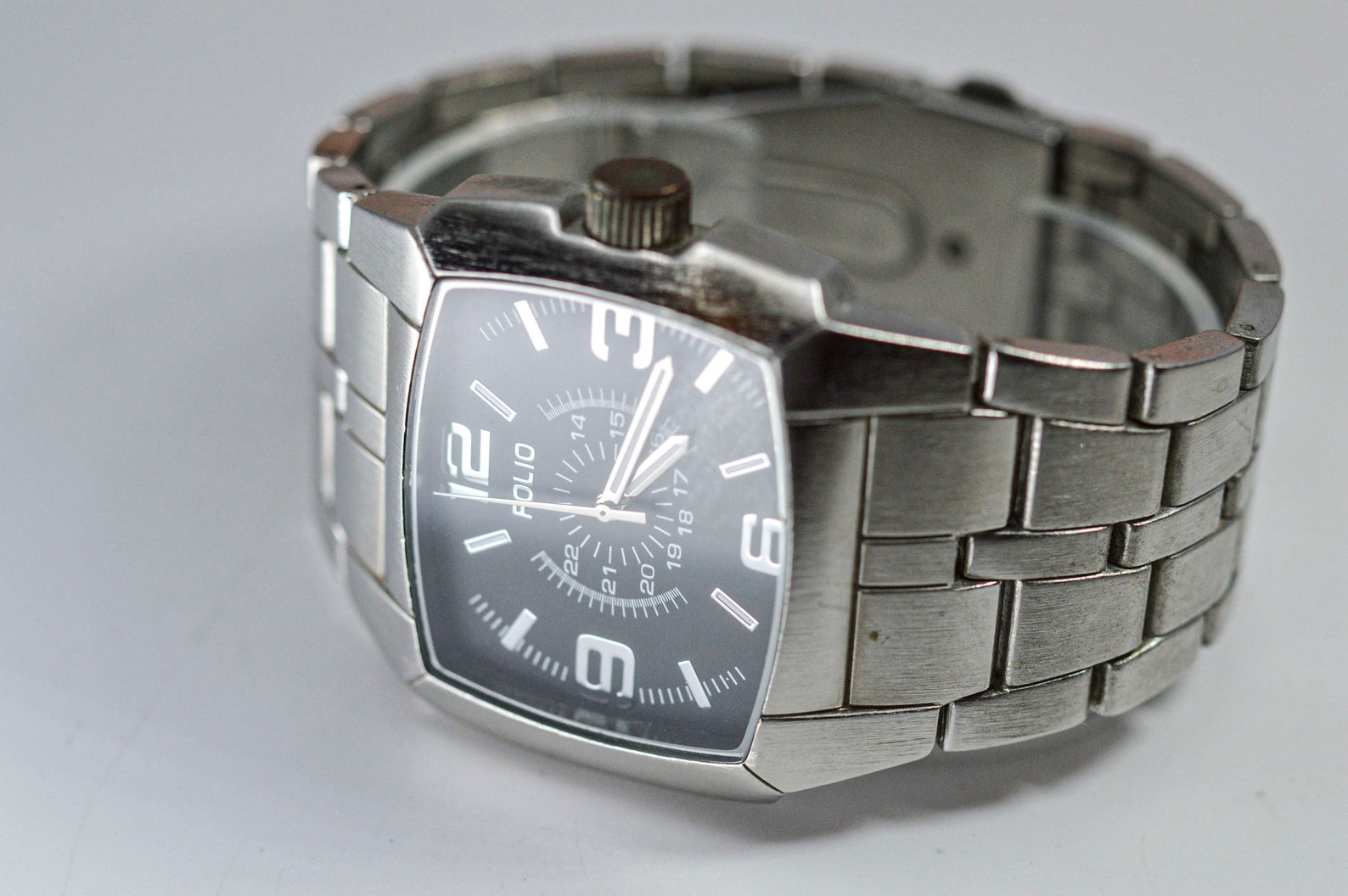

The Mechanics’ Magazine and Journal of Engineering, Agricultural Machinery J(page 497) records: Folthorpe’s Brighton Directory records him at both 7 Grand Parade as a resident and at 54 East Street as a watchmaker.ĭuring these years, Edward turns his attention to the railways and registers several patents. In 1862, his business moves again to 53 East Street and in 1867, he operates also from number 54. His three daughters by his second wife, Caroline, are also recorded: Caroline Isabelle, Ellen Victoria, and Louisa. In 1861, the census indicates his occupation “Master watchmaker employing 2 men and 3 boys” and records his home address at 7, Grand Parade, Brighton. Brighton is an ideal market with its population rising from 40.634 in 1831 to over 102.716 in 1891 and the middle classes arriving from London by train loads for holidays at the seaside since the completion of the station in 1840. He is recorded in 1854 at new premises in Trafalgar Street and again in 1856. His small stature allows him to specialize in turret clock repair. However, Edward becomes a successful watch and clock maker. Unfortunately, it would seem that his feats of miniaturisation missed their just recognition in England. The letter (see below) states that he made two watches, respectively the size of a threepenny and a twopenny piece. The New York Times carried a letter to the editor mentioning Edward’s work on the 30th of September 1888. Whilst visiting the Exhibition, Queen Victoria acquired a keyless pendant watch but helas, instead of “buying british” chose Patek Philippe & Co (3), opening the doors of all the royal courts of Europe to the genevan manufacturer.Īntoine LeCoultre (4) was awarded a gold medal in recognition of his collective works in the fields of precision and mechanization but it was only in 1929 (5) that Jaeger-Lecoultre managed to make a smaller watch than Edward.Įdward took his miniature watch and several carriage clocks to the 1855 Exposition Universelle in Paris and is said to have been awarded medals. Funnell, of Brighton, is constructing a watch smaller in circumference than a threepenny pièce for the Exhibition of 1851”. In January 1851, the Journal of Education for Upper Canada reported from Toronto that “Mr. Brighton.-Very small lever watch in Class 10 “ Philosophical, Musical, Horological and Surgical Instruments“.īut even before this, the news had traveled afar.

The “ Official Catalogue of the Great Exhibition of the works of All Nations, 1851“,, lists 26 FUNNELL, E. Five years in the making “ The smallest watch in the World, 7/16 of an inch (11.1 millimeters) in diameter, 1/8 of an inch (3.2 millimeters) thick, 10 holes jeweled and 5 other ruby actions” was presented to the world at the Universal Exhibition held at the Crystal Palace in November 1851.Įdward’s entry was published in the Daily News, London, Friday, April 18, 1851: On these premises Edward developed a very special project. This is probably the same address as Edward’s first business although recorded as 2, Clarence Place. The family is living at 2 Clarence Street. The witnesses to their marriage by banns, celebrated by Thomas Coombs, Curate, were Walter and Suzanne Slater.īetween these two marriages, four children were born in Brighton and recorded in the 1851 census along with wife, Caroline, 27: Sarah E.

#Folio watch pendulum full
Caroline, born in Pevensey, “of full age”, was the daughter of George Waymark and Harriet Lamb (2), a bricklayer living at 53 Saint James’ Street. He marries a second time to Caroline Waymark (7/414) at Saint Nicholas’ Church, Brighthelmstone, on the 19th of August 1850 (1). On the 19th of December 1842, Edward married Sarah Potter (7/433). He would have completed several years of apprenticeship but we have as yet, no information on the master craftsman who trained him. Eldest son of Charles, a shoemaker, and Eleanor of 4 Boyce’s Street, Brighthelmstone, now known as Brighton, he was baptized on the 28th April 1822. This was the trade chosen by Edward Funnell. Upper class individuals equipped their homes with pendulum and carriage clocks and gentleman carried pocket watches chained to their lapel.Įvery town in the country had at least one clockmaker/watchmaker as these timepieces were of course precision made by hand to last at least one lifetime and to keep perfect time, needed cleaning, repairs and maintenance. Parishes replaced the sun dial on their church tower with a mechanical clock. The whole country became punctual thanks to the station clock. The necessity for trains to run on time forced England into the modern age and a unique time zone. Until then, timekeeping had been left to the skies. In the first half of the 19th century, the railways were pushing the industrial revolution into the farthest reaches of the country.


 0 kommentar(er)
0 kommentar(er)
